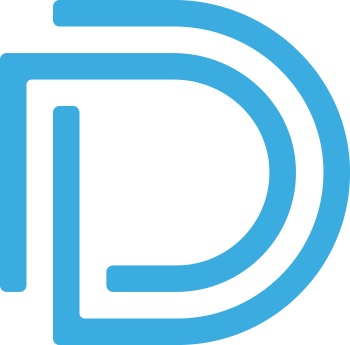13 Apr Stress Related Breakouts and How to Cope!
Blog
Blog

Stress Related Breakouts and How to Cope!
I have always loved writing and have wanted to start a blog on all things related to skin for some time but could never find the time! Now in the midst of covid-19 quarantine with lots more free time at home seems like a perfect time! I hope through this blog to educate you on all things related to skin both medical and cosmetic!
I think the best first topic is the stress that a situation like this imposes on our skin, hair and nails. I will cover skin first since that is most lengthy. First we will focus on breakouts. I often get asked the difference between acne and rosacea. The main difference is that acne has blackheads and whiteheads while rosacea does not. However, they can have overlapping features of pimples and pustules. Rosacea, however, will also impart a background of redness to the skin which on closer inspection is actually attributable to small broken capillaries called telangiectasias. Although these two conditions have some overlap we treat them for the most part very differently.
More than 60 million people in the US have acne! Both are common causes of pimple breakouts with some important differences. Most think acne affects only teenagers, however, in my practice the majority of my acne patients are adults! The pathogenesis of acne stems of a genetic predisposition, hormonal influences (namely testosterone and DHT), an increase in sebum production, an increase in dead skin cells accumulating deep in the pores, as well as a bacteria called P. acnes. These factors lead to what is called microcomedo formation, the beginning of a pimple underneath the skin.
Acne can have a variety of presentations. The common “whiteheads” and “blackheads” are actually called closed and open comedones, respectively. Acne can have an inflammatory presentation with a predominance of papules (pink bumps) and pustules (“pus-bumps”). And in the most severe form can be nodulocystic with large bumps or cysts leaving severe scarring. In addition, acne not only affects the face but can commonly affect the chest, back, neck, shoulders and even the buttocks!
Certain medications and vitamin supplements can induce acne and are important to screen for in sudden onset cases. Some patients may be affected by dietary triggers like dairy or high glycemic foods, or may conversely benefit from probiotic use. Similarly, post-adolescent women who develop acne may have a hormonal variant of ovarian, adrenal or pituitary origin.
The good news is all of the wonderful treatments we now have available. As Dermatologists, we often utilize a combination of acne fighting ingredients to attack and prevent breakouts. A common over the counter ingredient, Benzoyl Peroxide, when used in medical or prescription grade strengths is often helpful for both inflammatory and comedonal acne. Other over the counter ingredients that can be helpful include salicylic acid, and glycolic acid. Topical prescription antibiotics such as clindamycin or erythromycin are employed with benzoyl peroxide for increased efficacy. They work on acne by killing the P. acnes bacteria and also by their anti-inflammatory effect. Retinoids, such as Retin-A, adapalene and Tazorac prescriptions, help prevent microcomedo development under the skin. Milder topical ingredients such as azelaic acid, topical dapsone, glycolic and salicylic acid may also be used in combination especially for patients with more sensitive skin. Oral antibiotics, such as Doxyxycline or Minocycline, are often prescribed for a 2-4 month course in cases of more resistant or inflammatory acne and work by anti-inflammatory effects.
Adjunctive treatments for acne include hormonal treatment in adult women, including birth control pills and spironolactone pills which work by blocking the effects of testosterone. Spironolactone is not suitable for every patient as there are some infrequent but potential side effects, but can be very helpful in the right patient. We also can employ adjunctive non-pharmaceutical treatments such as blue or red light treatments and IPL laser treatments specifically with acne fighting wavelengths. Accutane is our last resort medication for patients with severe, scarring and inflammatory acne resistant to the above treatments. After a typical 6 month course, 2/3 of patients treated will either be completely cured of their acne or have a recurrence of mild acne breakouts. 1/3 of patients may see their acne return usually 1-5 years later, although often less severe, but may need a repeat course of Accutane. The medication is highly regulated because of the potential for severe birth defects, and other less frequent but potential side effects. However, it can work amazingly well in the right patient with appropriate monitoring.
Visiting a Dermatologist certified by the American Board of Dermatology (ABD) is especially important to develop an individualized treatment plan for your skin type and type of acne. With the right doctor, acne is very treatable!
Go to our website to book a virtual consultation!


